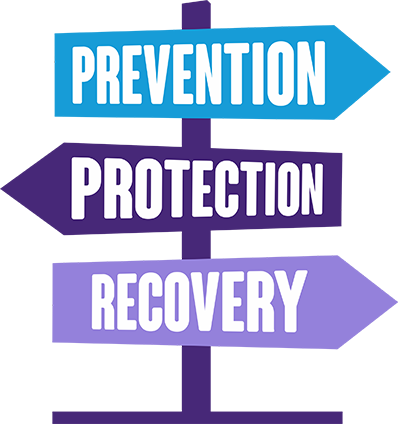Am I being stalked?

Am I or someone I care about being stalked?
Below we have listed some of the common signs to look out for. Stalking behaviours and the behaviours in harassment cases can be similar. This can make it difficult to distinguish the two offences.
Stalking behaviours are motivated by obsession and fixation.
Stalkers target their victims in many ways, including:
• threats towards the victim, including threats to their life
• spying or following someone online or offline
• damage to or interference with property
• sending unwanted gifts, including sending gifts anonymously
• loitering to trigger a 'chance' meeting
• contacting, or attempting to contact, the victim by any means
• threatening behaviour towards victim's friends and new relationships
• contacting the victim's children, partner, other family members, friends, co-workers or other third parties
Consider the stalking acronym FOUR. If the behaviour is Fixated, Obsessive, Unwanted and Repeated, then it is stalking.
Questions to ask to identify stalking
- Has the stalker changed their routines to facilitate their stalking?
- Are they preoccupied with the victim in thoughts and actions?
- Is the time, effort or resources the stalker is investing consuming their daily life and having impact on victims life?
- Is there a range of behaviours targeted at the victim?
- Does the stalker seem unlikely to stop?
- Does the stalker appear to have a strong sense of entitlement/determination?
Stalking offences in the law
In the Protection from Harassment Act 1997:
A section 2A offence is committed when a course of conduct amounts to harassment, and that harassment amounts to stalking.
There is no legal definition of stalking but examples of behaviour given in section 2A include following a person, watching or spying on them or forcing contact with the victim through any means, including social media.
A section 4A offence is committed when a course of conduct is established that amounts to stalking , and the stalking causes the victim to fear violence will be used against them (on at least two occasions) or causes serious alarm or distress which has had a substantial adverse effect on their usual day-to-day activities.
Sources of support
Lincolnshire Domestic Abuse Specialist Service have specialist trained ISACS within our organisation. An ISAC is a trained specialist who provides advice and support to anyone who has been the victim of Domestic Stalking.
These are some of the organisations you can contact for support and advice for victims of stalking or harassment:
National Stalking Helpline | Suzy Lamplugh Trust
Paladin – National Stalking Advocacy Service
Protection Against Stalking | Look Forward Not Behind
Adult Social Care - Lincolnshire
Children's Social Care - Lincolnshire
Multi-Agency Risk Assessment Conference (MARAC) - for domestic abuse
Alice Ruggles Trust | Putting an end to stalking
Any information that you share with agencies must be with the victim's consent, unless you assess that the safety of the victim or children are at risk. If in you are in any doubt about sharing information, contact your force data protection manager.
Supporting a stalking victim
Supporting the victim and their family throughout the investigation is important. Ensure the victim has someone to contact when you are not available. Safety measures you can put in place include:
• safety plans
• perpetrator management
• critical location markers or flags on significant locations
• panic alarms
• Sanctuary Schemes (or other local initiatives)
• Fire Service home safety assessment
• Cocoon Watch schemes
Keeping safe
- change the passwords on Alexa's or similar devices and if not possible, then dispose of the device
- adjust the privacy settings on websites and smart phones
- install CCTV or panic alarms
- keep personal data safe
- change online passwords regularly across all devices including email accounts
- install anti-virus/spyware software
- inform trusted persons of your whereabouts
Do not contact or confront the perpetrator and not to attempt to deal with the situation alone.
Keep the following records
These records can be essential for court:
1. Evidence, including a diary of events showing dates, times, locations, photographs or screenshots.
2. Keep a log / diary of the impact on emotional wellbeing and daily life and routines.

